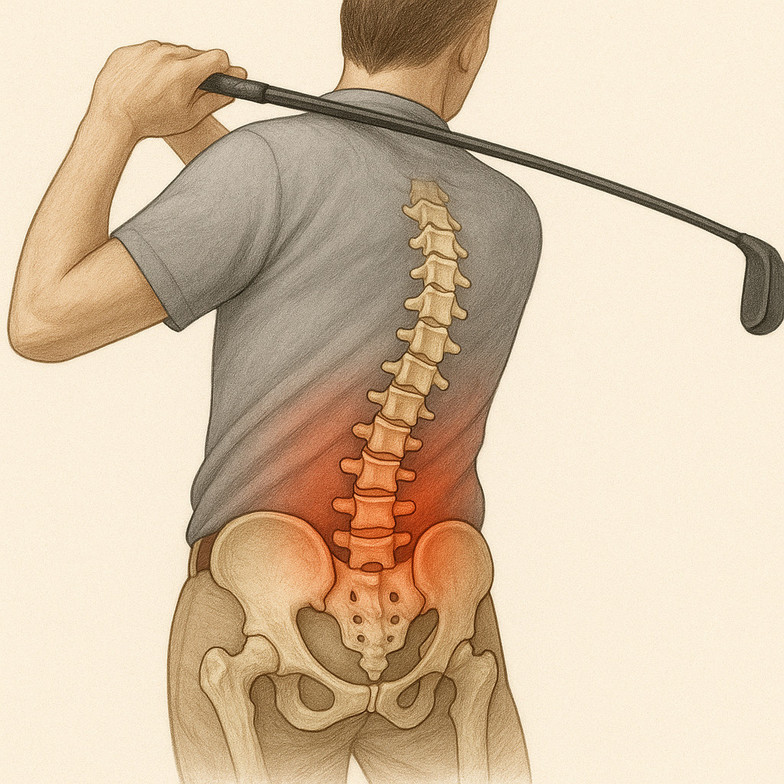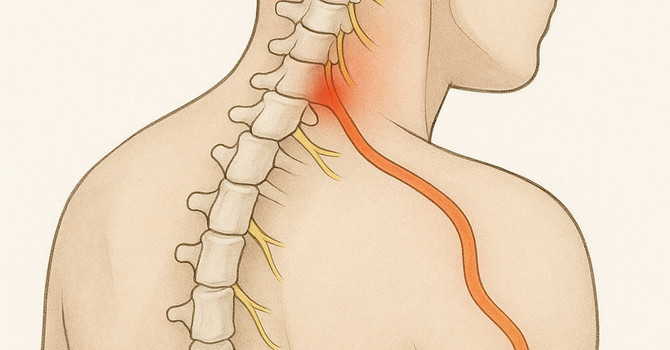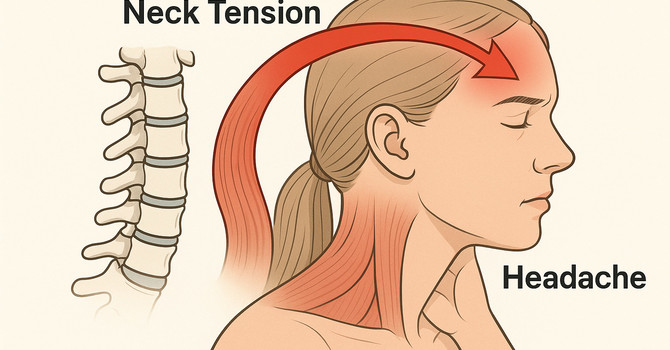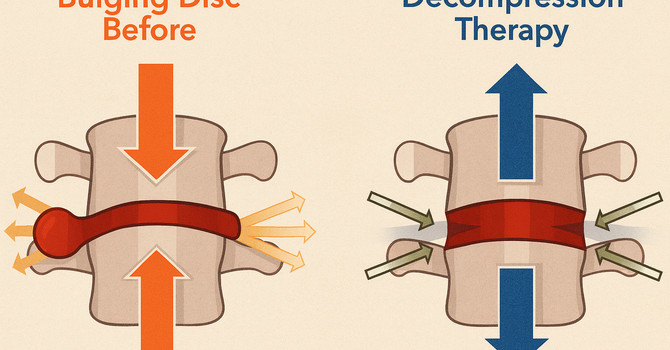
Golf-related back pain is one of the most common issues I see in the clinic, especially in recreational and competitive players around Olathe. If you’re dealing with stiffness, sharp pain, or tightness after swinging a golf club, you’re not alone. Many golfers don’t realize how much rotational force, bending, and repetition the sport places on the spine. As a chiropractor in Olathe, I help golfers recover from back pain, prevent future injuries, and return to the course with better mobility and confidence.
Golf back pain typically develops because the swing requires rapid lumbar rotation, spinal compression, and repetitive loading of the joints, discs, and surrounding muscles. When mobility is restricted or stabilizing muscles are weak, more strain is placed on the lower back, leading to irritation, inflammation, or disc stress.
Why this problem happens: The golf swing demands coordinated rotation through the hips, thoracic spine, and lumbar spine. When one of these areas is stiff, the lower back absorbs too much force. Repetitive bending and twisting can irritate the facet joints, tighten the paraspinal muscles, overload the lumbar discs, or pinch the nerves that feed into the hips and legs. Poor warm-ups, weak core stability, or overuse from frequent play also contribute to mechanical stress and inflammation.
Golfers often notice symptoms such as sharp low back pain during the downswing, stiffness when standing up after bending, tightness across the lumbar spine, soreness after several rounds, hip or glute pain, pulling sensations during rotation, pain when trying to generate power, discomfort when walking uphill on the course, achiness after long periods of sitting in the cart, or even radiating pain into the hip or thigh resembling early sciatica. These long-tail symptom patterns make golf back pain extremely common, especially as players increase frequency or intensity of practice.
Clinically, I see several predictable presentations in the office: pain that worsens during the follow-through phase of the swing, stiffness after prolonged standing on the range, tightness that improves after moving around, pain aggravated by sitting in a car on the way home, discomfort when leaning forward to tee up the ball, rotational pain when turning to load the backswing, and low back tension that improves after gentle movement or stretching. Some golfers even report headaches or upper-back tightness beginning in the neck from compensating for lumbar stiffness. These patterns help guide which spinal segments need to be mobilized or decompressed.
Chiropractic care is highly effective for golf-related back pain because it restores joint motion, reduces disc pressure, calms irritated nerves, and decreases inflammation from repetitive rotational stress. Gentle chiropractic adjustments improve the mobility of restricted facet joints, allowing the spine to rotate more evenly during the swing. Spinal decompression helps reduce compression forces on the lumbar discs, promoting hydration and reducing nerve irritation—crucial for golfers who play frequently. Hydromassage loosens tight muscles, improves circulation, and prepares the spine for better movement. Strengthening exercises and rotational stabilization work help golfers control their swing more efficiently and reduce strain on their lower back. Many patients also benefit from a personalized Exercise & Stretch Routine that targets weak areas and improves rotation.
At Woodroof Chiropractic & Acupuncture, our treatment approach for golfers includes chiropractic adjustments to restore motion, spinal decompression to reduce disc pressure, hydromassage therapy to relax tight muscles, targeted strengthening to stabilize the core, stretching routines to improve rotational mobility, corrective exercise to reinforce proper mechanics, and posture or sleep coaching to reduce strain between rounds. Most patients begin noticing improvement within the first few visits. For those with chronic or recurring symptoms, we also review Insurance coverage and create a recovery plan tailored to frequency of play and upcoming tournaments. Additional supportive information can be found in related resources such as our pages on low back pain and general Chiropractic Care for ongoing spine health.
Frequently asked questions include: Why does my back hurt more after playing several days in a row? This is usually due to cumulative disc compression and muscle fatigue. Should I see a chiropractor for golf back pain? Yes—chiropractic care improves mobility and reduces inflammation so you can swing with less strain. When is golf-related back pain serious? Red flags include pain radiating past the knee, numbness, or weakness. How long until I feel better? Most golfers notice measurable improvement within a few sessions, especially when adjustments, decompression, and exercise are combined. Why does my back hurt only during the follow-through? This often indicates facet joint restriction or rotational imbalance.
If you’re dealing with golf-related back pain, stiffness, or limited rotation, we can help. Call our Olathe chiropractic office today at 913-735-6351 or click Schedule Your Visit to get started.
Dr. Ike Woodroof
Contact Me


